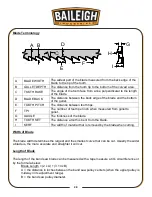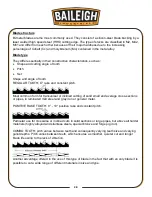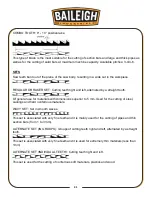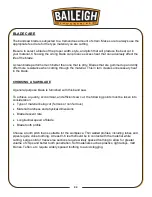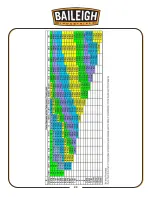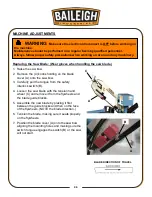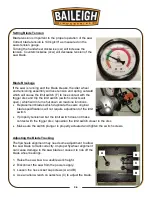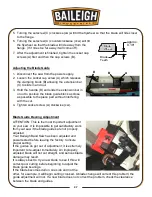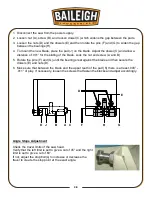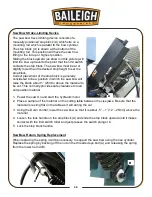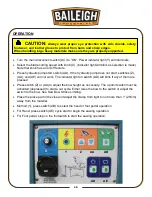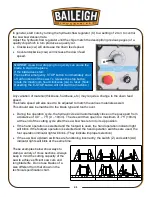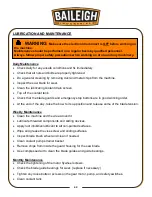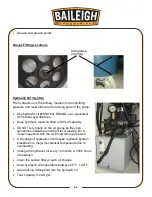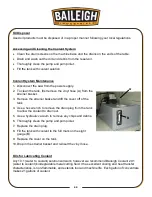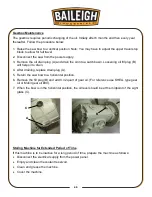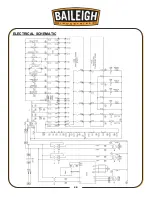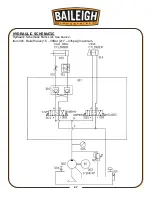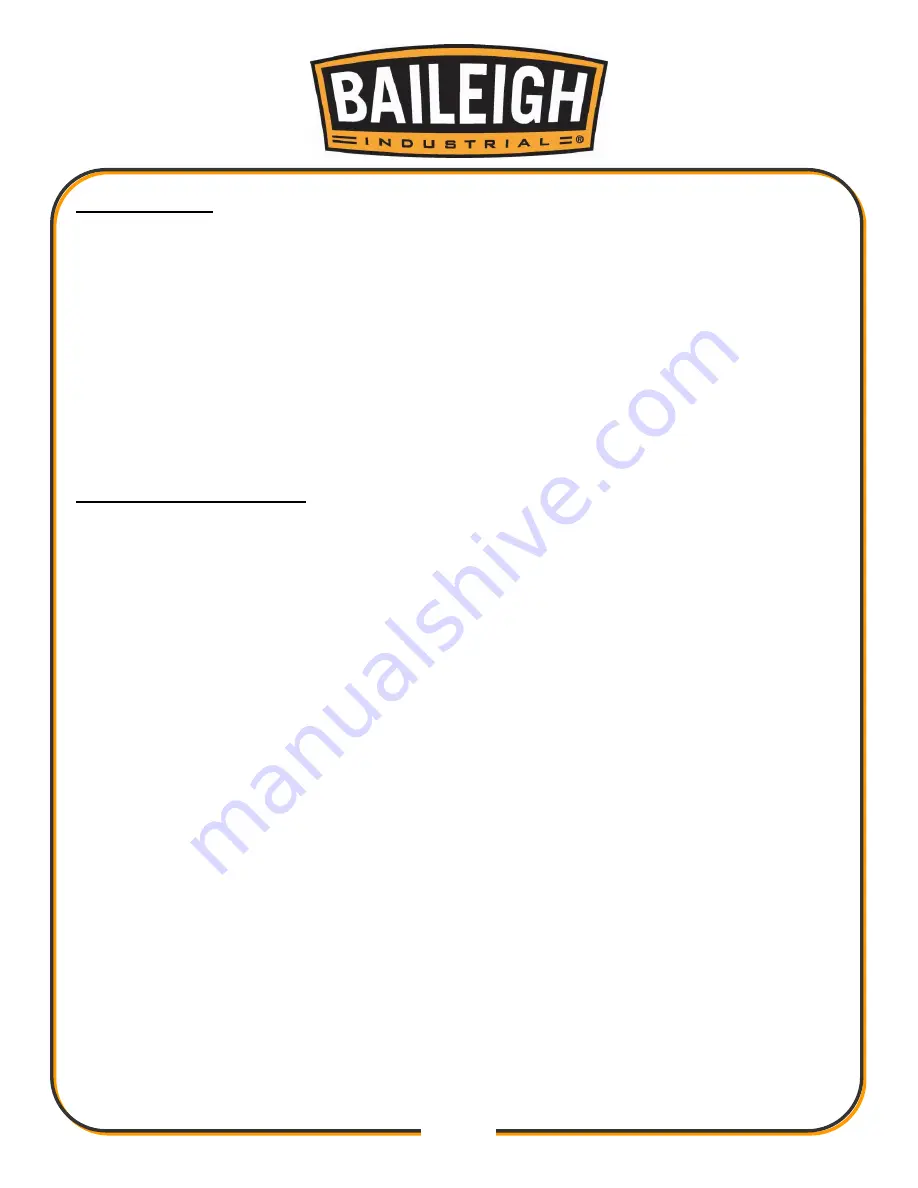
32
32
BLADE CARE
The bandsaw blade is subjected to a tremendous amount of strain. Make sure to always use the
appropriate feed rate for the type material you are cutting.
Be sure to select a blade of the proper width, style, and pitch that will produce the best cut in
your material. Choosing the wrong blade can produce excess heat that can adversely affect the
life of the blade.
A clean blade performs much better than one that is dirty. Blades that are gummed up and dirty
offer more resistance when cutting through the material. This in turn creates unnecessary heat
in the blade.
CHOOSING A SAW BLADE
A general purpose blade is furnished with this band saw.
To achieve a quality, economical, and efficient saw cut, the following points must be taken into
consideration:
•
Type of material being cut (ferrous or non ferrous)
•
Material hardness and physical dimensions
•
Blade descent rate
•
Longitudinal speed of blade
•
Blade tooth profile
Choose a tooth pitch that is suitable for the workpiece. Thin walled profiles, including tubes and
pipes require close toothing. At least 3-6 teeth should be in contact with the material while
cutting. Large solid or transverse sections require widely spaced toothing to allow for greater
volume of chips and better tooth penetration. Soft materials such as plastics, light alloys, mild
bronze, Teflon, etc. require widely spaced toothing to avoid clogging.
Содержание BS-350SA
Страница 17: ...14 14 OVERALL DIMENSIONS...
Страница 18: ...15 15 GETTING TO KNOW YOUR MACHINE I H G F E D C B A T P O Q S M N U L R V J K T...
Страница 36: ...33 33...
Страница 49: ...46 46 ELECTRICAL SCHEMATIC...
Страница 58: ...55 55 NOTES...
Страница 59: ...56 56 NOTES...












